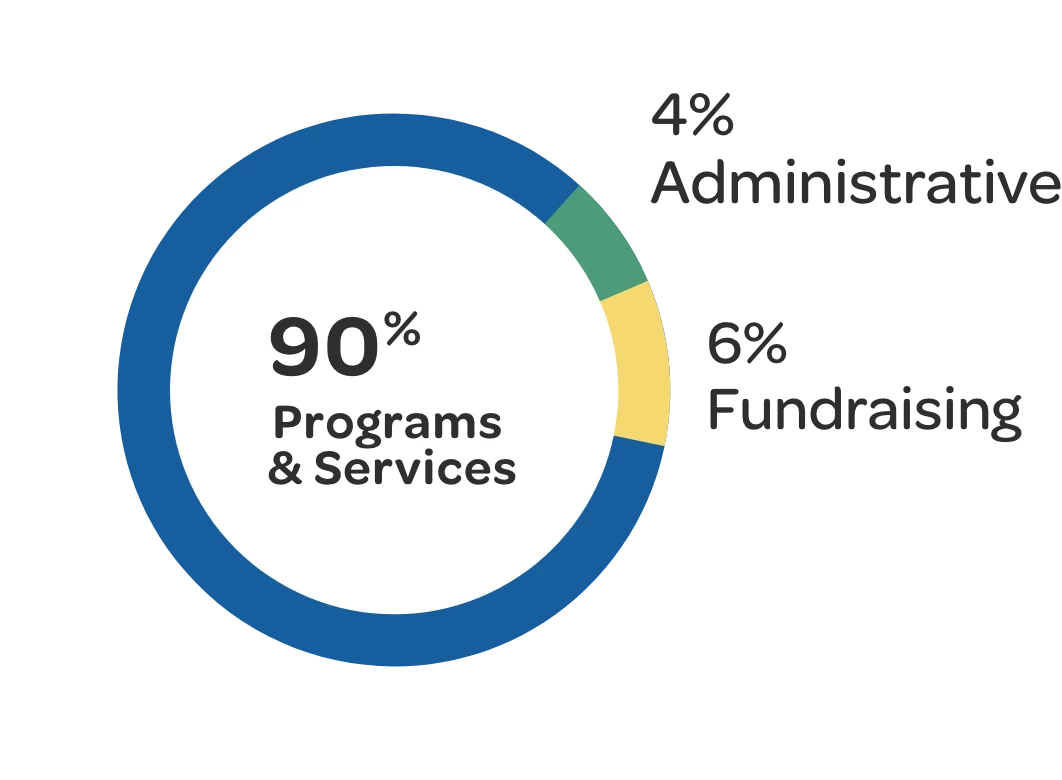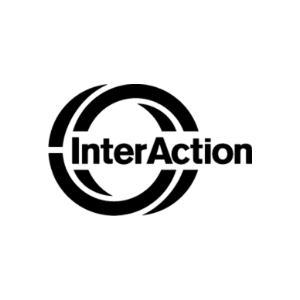With conflict and humanitarian crises hitting record levels in recent years, the need for quality emergency relief has only grown.
Within the class of humanitarian organizations equipped to address these crises are Islamic aid organizations, which deliver humanitarian relief as well as financial and physical aid. These stem from charity practices within the Islamic tradition, including zakat and sadaqah.
But what is the tradition of giving humanitarian aid in Islam? How do Islamic aid organizations successfully carry out this tradition?
The Humanitarian Condition in the World
In recent years, living conditions for humans around the world have only worsened due to a rise in conflict, natural disasters, refugee crises, food scarcity, the impacts of extended pollution and more.
Currently:
3.5 million Afghan refugees have been displaced due to recent turmoil
1.7 million Palestinians are without reliable access to food
80% of Yemen’s population needs humanitarian assistance to survive
10,000 children around the world become orphaned every day
Given these and other concerning statistics, it becomes clear that the need for humanitarian aid will only continue to grow. Islamic aid organizations can play a key role in providing this much-needed assistance.
The Prophetic Tradition of Islamic Aid
Abu Sa’id al-Khudri related that the Prophet (on him be peace) said:
“Whoever among you sees evil, let him change it with his hand. If he is unable to do so, then with his tongue. If he is unable to do so, then with his heart, and that is the weakest level of faith” (Muslim).
Islam compels Muslims to be active agents of positive change in the world, whether through their physical, financial or spiritual efforts.
Specifically, the institutions of zakat and sadaqah exist within a Muslim’s regular practice to bring about a more equitable world:
Those who give, out of their own possessions, by night and by day, in private and in public, will have their reward with their Lord” (Quran 2:274).
While zakat exists as a 2.5% annual rate of charity on a Muslim’s wealth, which goes directly to the poor, sadaqah also exists as a form of regular, voluntary charity with a broad range of applications. Sadaqah can be donating medical equipment, volunteering in one’s community and contributing to funding and building water wells.
The practices of zakat and sadaqah were put in place by the Prophet Muhammad, on him be peace, to ensure that wealth and resources were continually circulated in one’s community, whether Muslim or non-Muslim, so those in need would not be in fear of being left alone.
Islamic aid organizations are key in continuing the practice of zakat and sadaqah. Without them, many Muslims would not be able to fulfill the duties of their faith and carry on Islam’s legacy of charitable giving.
The Necessity of Islamic Aid Organizations
Islamic aid organizations not only fulfill the need for Muslims to carry out their faith to the fullest, but also provide an avenue to dispel negative images of Islam and Muslims in the world.
A recent study found that in 2020, Muslims living in the U.S. donated an estimated $4.3 billion dollars to philanthropic causes, an amount greater than the total donated by non-Muslims living in the U.S. In particular, Islamic aid organizations based in the U.S. were crucial in distributing this substantial amount of charitable contributions, which marked a milestone for the American Muslim community.
Regular Islamic giving helps Muslims share the values of their faith through charity. This helps them actively promote positive images of themselves and Islam in the world. Islamic aid organizations have and will continue to be key vehicles in the distribution of Islamic charity to both Muslims and non-Muslims alike and exist as a necessary part of both Islamic and philanthropic communities.







